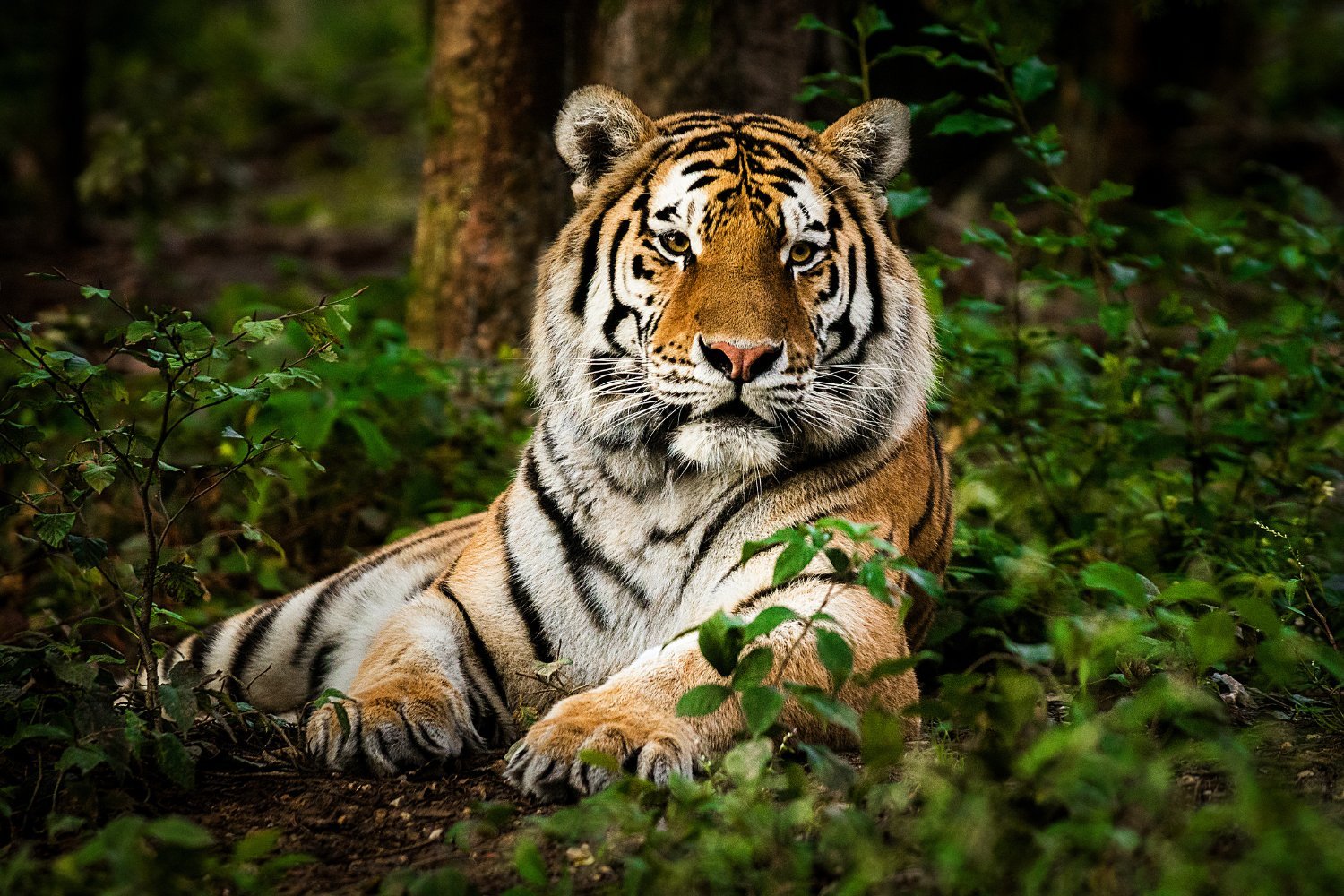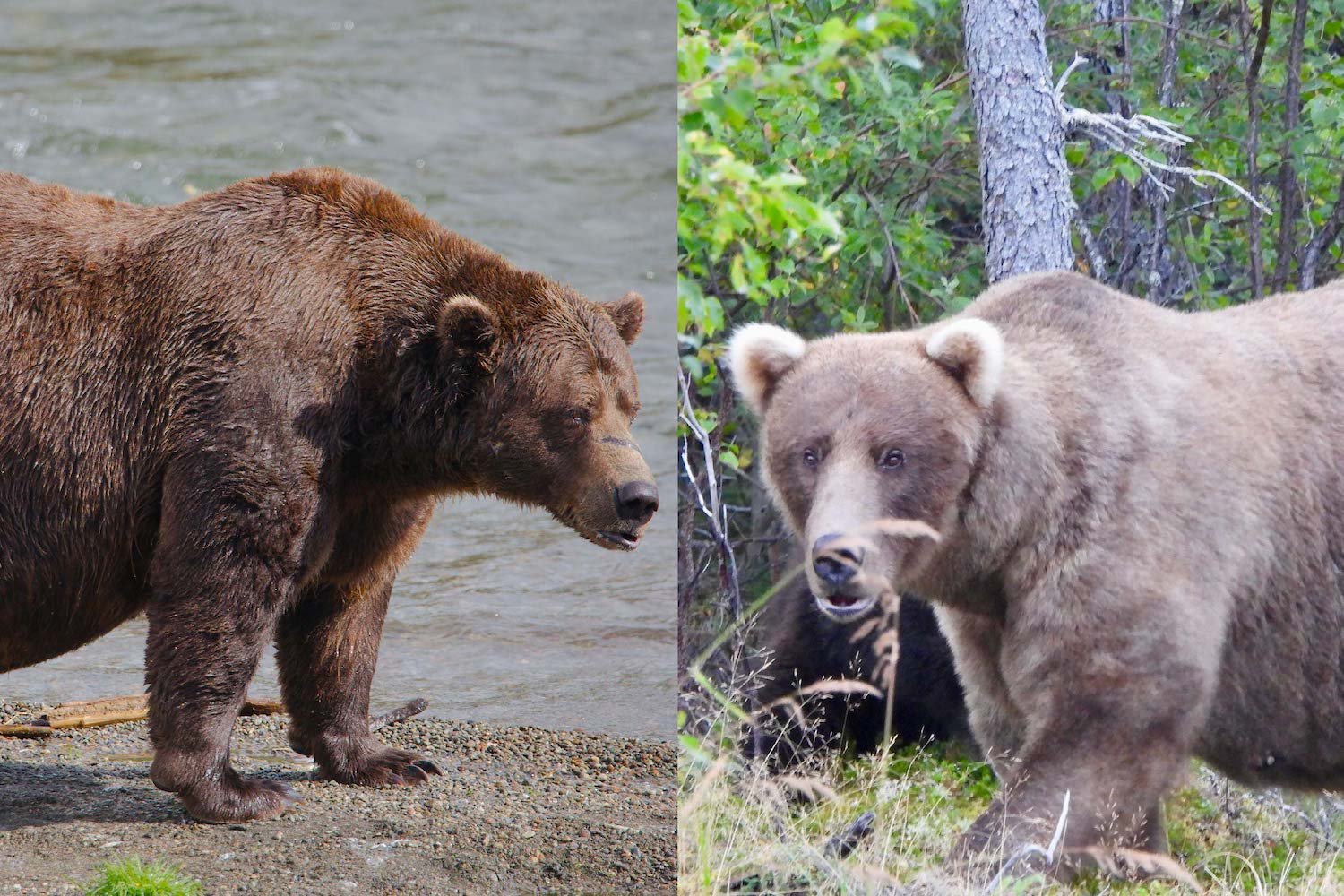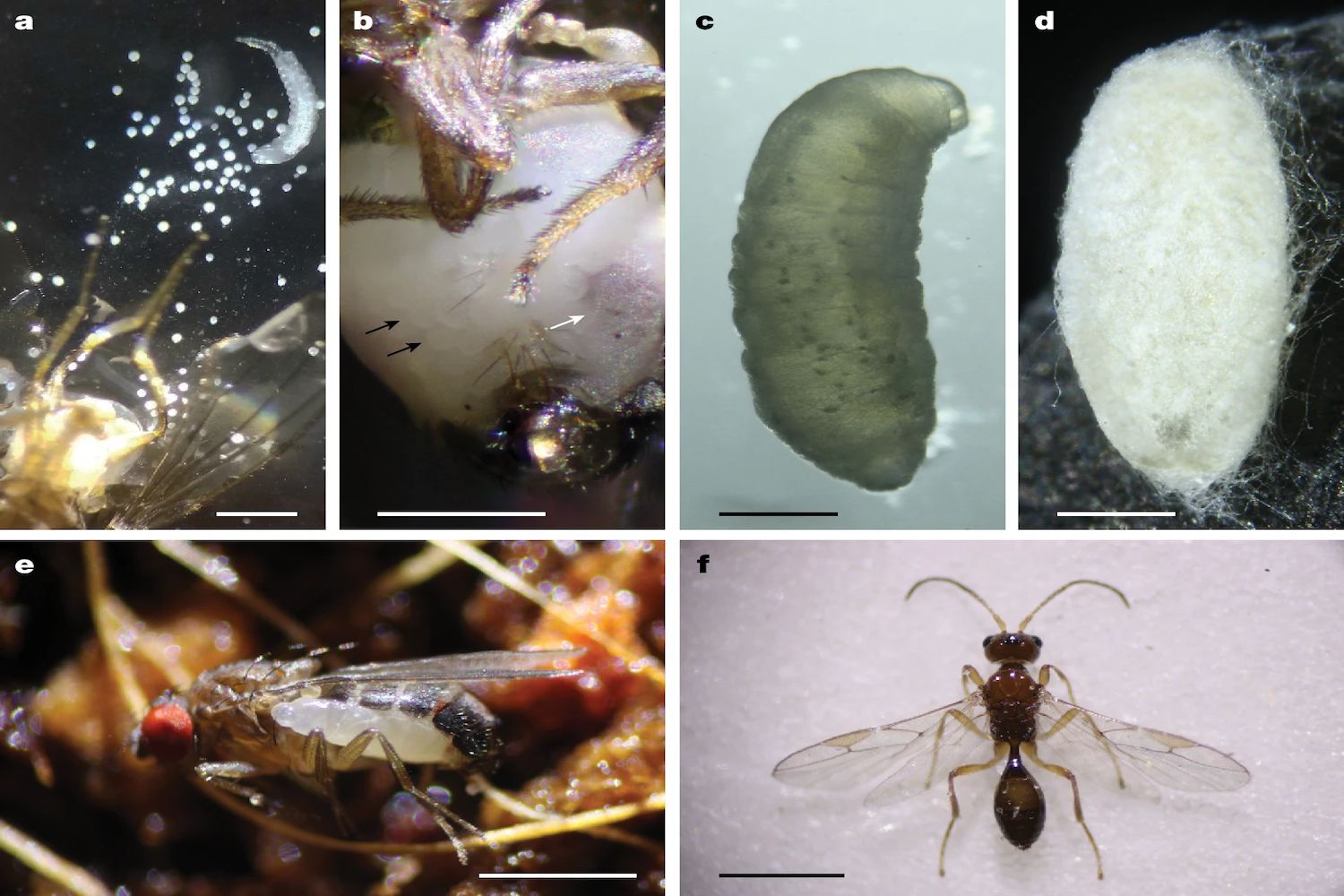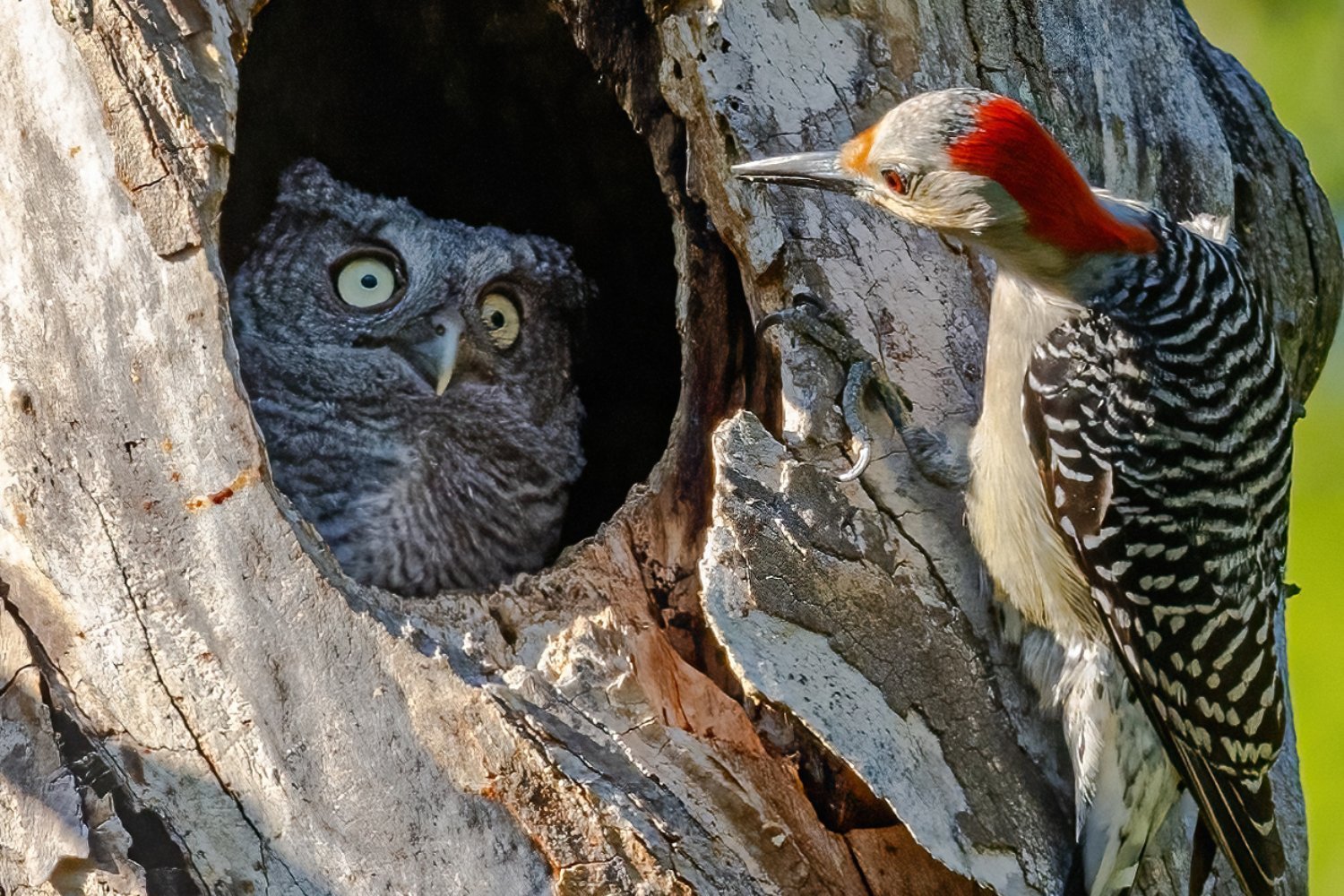Bird flu has tragically claimed the lives of dozens of big cats at two zoos in southern Vietnam. The viral infection, confirmed by government officials, has raised concerns about the increasing spread of bird flu to mammals. This incident highlights the ongoing threat of H5N1 avian influenza and its potential consequences.
The deaths occurred at the My Quynh safari park in Long An province and the Vuon Xoai zoo in Dong Nai, near Ho Chi Minh City. At least 47 tigers, three lions, and a panther are believed to have succumbed to the virus throughout August and September. Tests conducted on samples from two deceased animals confirmed the presence of the H5N1 strain. Officials suspect contaminated chicken meat as the source of infection and are actively tracing its origin.
The spread of H5N1 from birds to mammals has intensified since 2022, particularly impacting dairy cattle and other livestock in the United States. While human cases remain relatively low, with 15 reported in the U.S. since 2022, four linked to cattle since April 2024, and one recent case with an unclear source, concerns persist. Authorities are currently investigating a potential case of human-to-human transmission in Missouri.
Fortunately, no zoo workers at the Vietnamese zoos had close contact with the infected cats while they displayed respiratory symptoms. Health officials globally maintain that the public health risk from H5N1 remains low, but the outbreaks continue to raise alarms due to the virus’s potential for evolution.
Increased transmission between birds and mammals increases the likelihood of the virus adapting to efficiently spread among mammals, including humans. A specific strain acquiring the right mutations could potentially trigger a rapid and devastating pandemic. Even without this dire scenario, widespread outbreaks among wildlife and domesticated animals, such as the recent dairy cattle outbreaks in the U.S., pose significant challenges.
Recent reports further underscore the pervasiveness of bird flu. Researchers identified H5N1 strains circulating among birds in New York City in May. In June, Mexico reported its first human case and fatality from H5N2, a different bird flu virus. While each individual instance might not represent a catastrophic event, the cumulative risk emphasizes the potential for a worst-case scenario to materialize.
The ongoing bird flu outbreaks highlight the importance of vigilance and proactive measures to mitigate the spread and potential consequences of these viruses.











